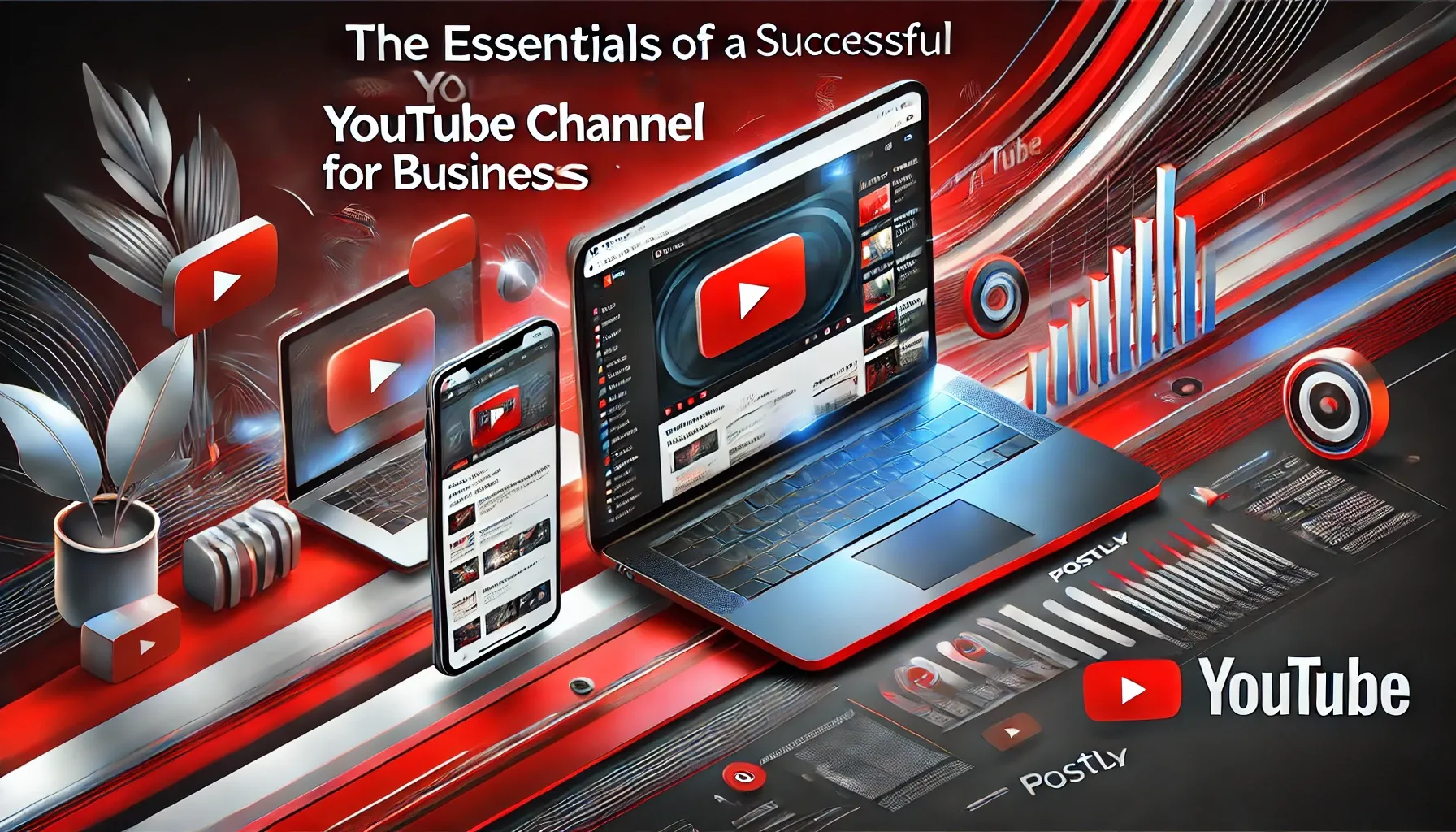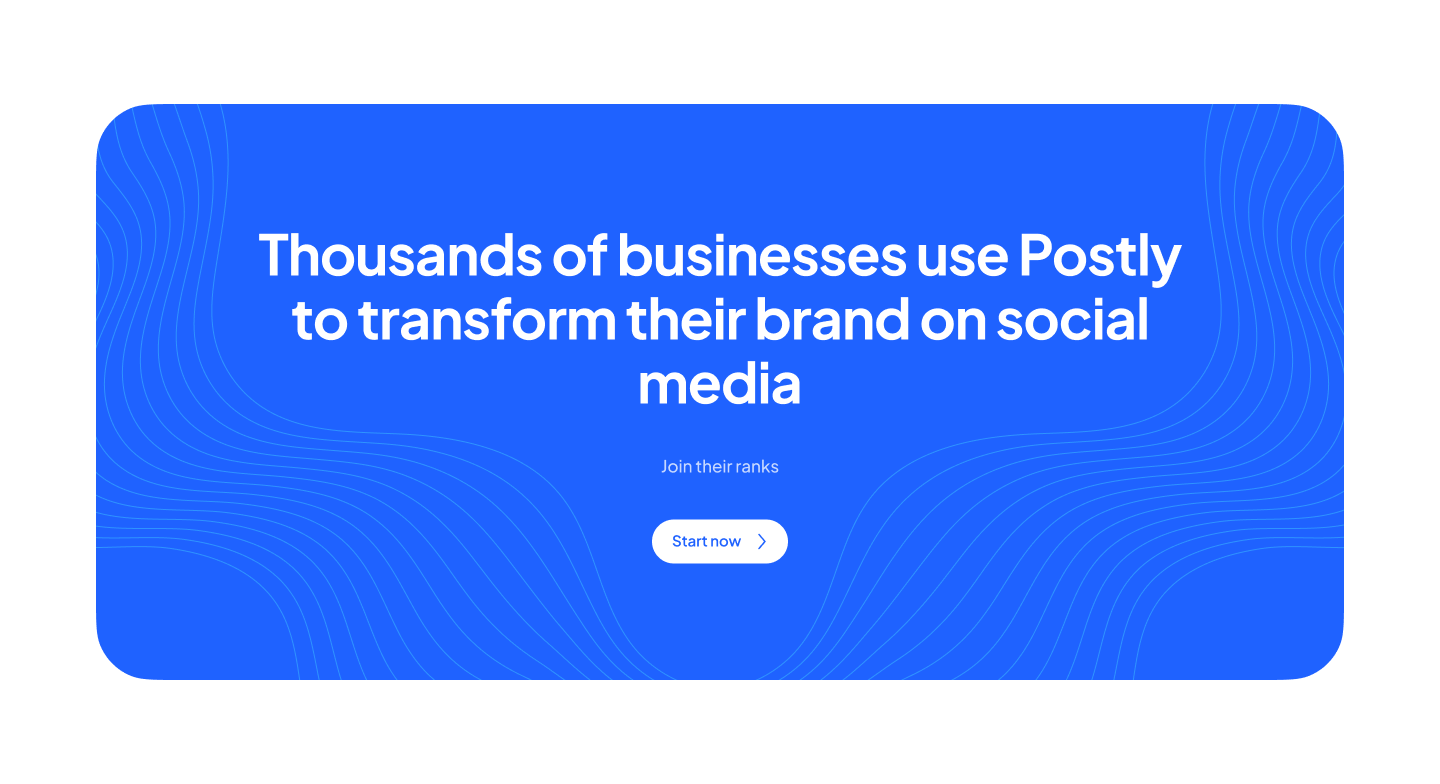The Essentials of a Successful YouTube Channel for Businesses

YouTube is no longer just a platform for entertainment; it has evolved into a critical tool for businesses to engage their audience, build brand awareness, and drive sales. With over 2 billion monthly logged-in users, YouTube offers businesses a unique opportunity to tap into a global audience through engaging video content. However, running a successful YouTube channel requires more than just uploading videos—it involves a strategic approach that aligns with your business goals.
This guide will outline the essentials for creating and maintaining a thriving YouTube channel for your business. We’ll also explore how tools like Postly can streamline your content strategy by scheduling and publishing YouTube videos, including Shorts, at scale.
Why Businesses Need a YouTube Channel
Before diving into the essentials, it’s important to understand why a YouTube presence is crucial for businesses:
- Massive Reach: YouTube is the second largest search engine, making it an invaluable platform for businesses to showcase their expertise.
- Engagement: Videos drive higher engagement compared to text or images, making YouTube an ideal platform for storytelling.
- Versatility: Whether it’s tutorials, testimonials, or product reviews, YouTube supports a wide range of content formats.
- SEO Benefits: A well-optimized YouTube channel can improve your visibility on Google search results.
The Essentials of a Successful YouTube Channel
1. Define Your Goals
The foundation of any successful YouTube channel is clarity on what you want to achieve. Common business goals include:
- Increasing brand awareness.
- Driving traffic to your website or landing pages.
- Generating leads or sales.
- Establishing thought leadership in your industry.
Clearly defined goals will guide your content strategy and help you measure success.
2. Know Your Target Audience
Understanding your audience is key to creating content that resonates. Use tools like YouTube Analytics and customer personas to identify:
- Demographics (age, gender, location).
- Interests and preferences.
- Pain points and challenges.
By aligning your content with your audience’s needs, you can foster stronger connections and build loyalty.
3. Optimize Your Channel Profile
Your YouTube channel is your brand’s storefront on the platform. Ensure it looks professional and reflects your identity:
- Profile Picture: Use your business logo for consistency.
- Channel Banner: Design an eye-catching banner that highlights your brand and provides value propositions.
- About Section: Write a concise description that includes keywords relevant to your industry. Include links to your website and social media.
4. Create High-Quality Content
Content is king on YouTube, but quality trumps quantity. Focus on creating videos that are:
- Valuable: Provide solutions to your audience’s problems or answer common questions.
- Engaging: Use storytelling techniques, visuals, and dynamic editing.
- Professional: Invest in good lighting, audio, and editing tools to ensure your videos look polished.
Common video ideas for businesses include:
- Tutorials and how-to guides.
- Customer testimonials.
- Product demos or unboxings.
- Behind-the-scenes content.
5. Leverage YouTube SEO
To ensure your videos get discovered, you need to optimize them for YouTube’s search algorithm. Key SEO elements include:
- Titles: Use descriptive, keyword-rich titles.
- Descriptions: Write detailed descriptions that include primary and secondary keywords.
- Tags: Use relevant tags to help YouTube categorize your content.
- Thumbnails: Design custom thumbnails that grab attention.
6. Utilize YouTube Shorts
Short-form videos like YouTube Shorts are an excellent way to reach new audiences. They are heavily promoted by YouTube and ideal for showcasing:
- Quick tips.
- Product highlights.
- Announcements or events.
Postly simplifies the process of scheduling and publishing YouTube Shorts. With its bulk posting feature, you can plan and publish multiple Shorts at scale, ensuring consistent content delivery.
7. Maintain a Consistent Posting Schedule
Consistency is critical to growing a loyal audience. Create a content calendar to plan and schedule your videos in advance. Tools like Postly help businesses:
- Schedule videos to go live at optimal times.
- Maintain a consistent posting schedule without manual intervention.
- Manage long-form videos and Shorts across multiple platforms.
8. Engage with Your Audience
YouTube is a two-way street. Actively engaging with your viewers builds trust and fosters community. Here’s how:
- Respond to Comments: Answer questions and thank viewers for their feedback.
- Encourage Interaction: Add CTAs in your videos to ask viewers to like, comment, or subscribe.
- Host Live Sessions: Use YouTube Live to interact with your audience in real time.
9. Promote Your Videos
Creating great content is just the first step—promotion ensures it reaches the right audience. Effective strategies include:
- Cross-Promotion: Share your videos on other platforms like Facebook, Instagram, or LinkedIn.
- Email Marketing: Include links to your videos in newsletters or email campaigns.
- Collaborations: Partner with influencers or other creators in your niche.
10. Monitor and Analyze Performance
You can’t improve what you don’t measure. Regularly review YouTube Analytics to track metrics like:
- Watch Time: How long viewers are watching your videos.
- Engagement: Likes, comments, and shares.
- Traffic Sources: Where your viewers are coming from.
- Subscriber Growth: Trends in gaining new followers.
Postly integrates with analytics tools to help you track performance across your YouTube channel and other platforms, offering actionable insights to refine your strategy.
How Postly Empowers Businesses on YouTube
Managing a successful YouTube channel requires consistency, efficiency, and data-driven decisions. Here’s how Postly can help:
- Scheduling: Automate the publishing of both long-form videos and Shorts, ensuring timely uploads.
- Bulk Posting: Save time by scheduling multiple videos at once, and maintaining a consistent content calendar.
- Cross-Platform Management: Manage YouTube alongside your other social media platforms, creating a unified strategy.
- Collaboration: Share drafts with your team for review and approval before publishing.
With Postly, businesses can focus on crafting engaging content while streamlining the backend process of scheduling and publishing.
Examples of Successful Business YouTube Channels
1. HubSpot
HubSpot’s YouTube channel is packed with tutorials, webinars, and customer success stories, positioning them as a leader in marketing and sales education. Their consistent posting schedule ensures a steady stream of valuable content.
2. Shopify
Shopify uses its YouTube channel to share success stories, how-to guides, and tips for entrepreneurs, driving traffic to their platform.
3. Canva
Canva’s channel focuses on tutorials and design inspiration, helping users maximize the potential of their tool while building brand loyalty.
Conclusion
Building a successful YouTube channel for your business is a powerful way to connect with your audience, showcase your expertise, and drive meaningful results. By focusing on quality content, leveraging tools like Postly for scheduling and analytics, and engaging actively with your audience, you can create a channel that not only grows your audience but also supports your business goals.
Start optimizing your YouTube strategy today with the right tools and techniques, and watch your channel thrive!

